Home>Articles>How To Install A Light Fixture For A Fast Room Refresh
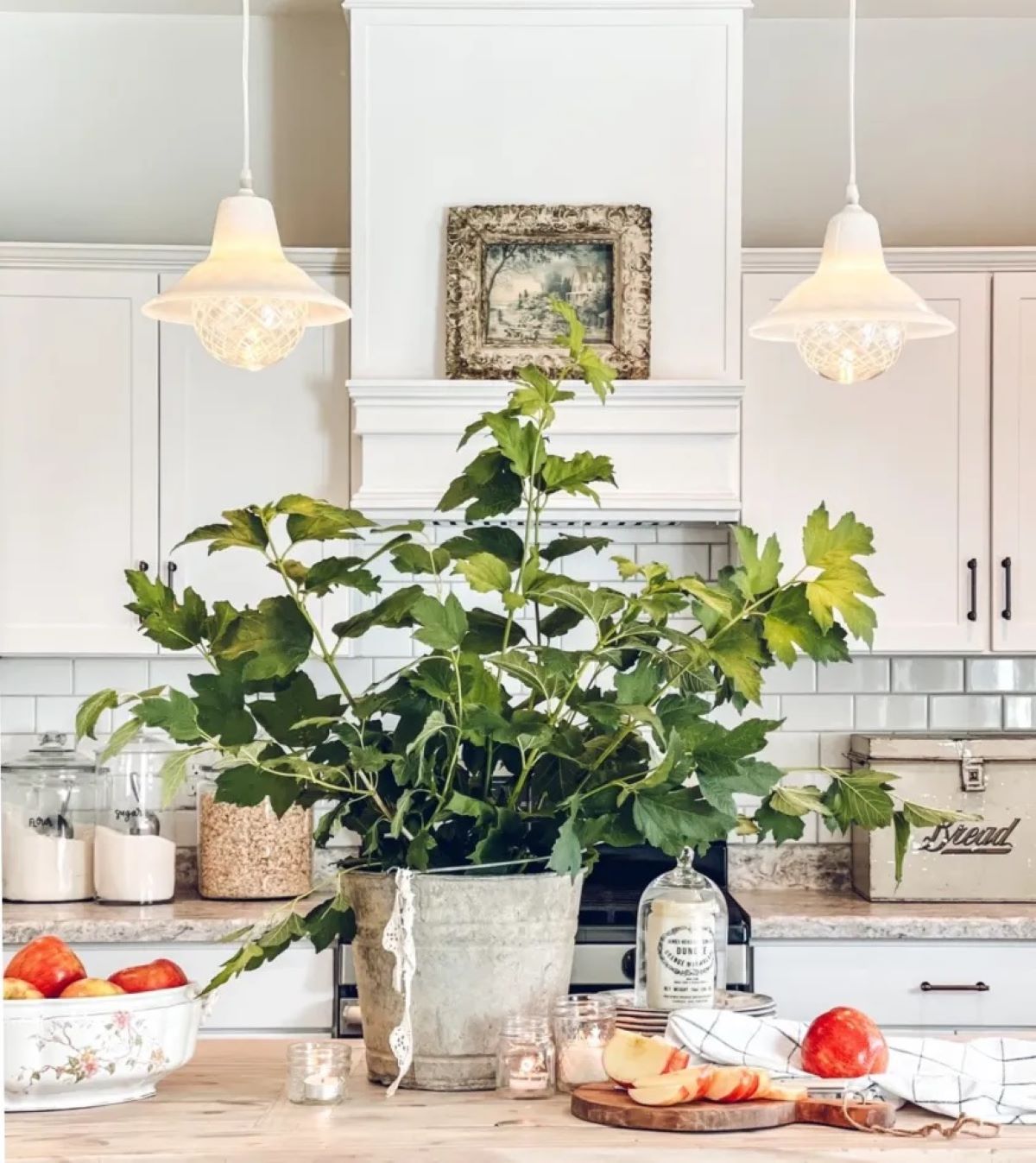

Articles
How To Install A Light Fixture For A Fast Room Refresh
Modified: January 6, 2024
Learn how to install a light fixture with our step-by-step guide. Transform your space quickly and easily with this informative article.
(Many of the links in this article redirect to a specific reviewed product. Your purchase of these products through affiliate links helps to generate commission for Storables.com, at no extra cost. Learn more)
Introduction
Installing a new light fixture can instantly transform the ambiance of a room, giving it a fresh and updated look. Whether you want to replace an outdated fixture or add a decorative element to your space, installing a light fixture is a relatively simple and rewarding DIY project. With the right tools and a little bit of know-how, you can easily complete this task in no time.
In this article, we will guide you through the step-by-step process of installing a light fixture. From gathering the necessary tools to connecting the electrical wires, we will provide you with all the information you need to successfully install a new light fixture and give your room a quick and stylish refresh.
Before you get started, it’s important to note that working with electricity can be dangerous if proper precautions are not taken. It is always recommended to turn off the power at the circuit breaker and use a voltage tester to ensure that no electricity is flowing to the wires. If you are unsure or uncomfortable working with electrical wiring, it’s best to hire a licensed electrician to help with the installation.
Now, let’s dive into the steps involved in installing a light fixture and breathe new life into your living space.
Key Takeaways:
- Transform the ambiance of any room with a quick and rewarding DIY project by installing a new light fixture. Follow safety precautions and step-by-step instructions for a successful and stylish room refresh.
- Prioritize safety, gather the right tools, and follow step-by-step instructions to easily and confidently install a new light fixture, instantly refreshing the look and feel of any room.
Read more: How To Install Vanity Light Fixture
Step 1: Gather the Necessary Tools and Equipment
Before you begin the installation process, it’s essential to gather all the tools and equipment you’ll need. By having everything prepared and within reach, you’ll be able to work efficiently and smoothly. Here’s a list of the tools you’ll need:
- Screwdriver set: A set of screwdrivers, including a flathead and a Phillips head, will be necessary for removing the existing light fixture and attaching the new one.
- Voltage tester: This tool is vital for ensuring that the power is off before you start working with the electrical wires. It will help you avoid any potential electrical hazards.
- Wire strippers: Wire strippers are used to remove the insulation from the electrical wires, allowing you to make proper connections.
- Needle-nose pliers: This tool is useful for bending and gripping wires, especially when connecting them to the new light fixture.
- Wire nuts: Wire nuts are used to secure the electrical connections. Make sure to have a variety of sizes to accommodate different wire gauges.
- Electrical tape: Electrical tape is used to insulate the wire connections, providing an extra layer of protection.
- Ladder or step stool: Depending on the height of the installation, you’ll need a ladder or step stool to safely reach the light fixture.
- New light fixture: Finally, make sure you have the new light fixture on hand, along with any additional parts or accessories that come with it.
By having all of these tools ready, you’ll be well-equipped to tackle the installation process smoothly and efficiently. With everything in place, you’re now ready to move on to the next step of turning off the power.
Step 2: Turn Off the Power
Before you begin working with the electrical wiring, it’s crucial to turn off the power to the light fixture. This step is essential to ensure your safety and prevent any electrical accidents. Here’s how you can turn off the power:
- Locate the circuit breaker: Find the circuit breaker panel in your home. It is usually located in the basement, garage, or utility room. Open the panel door to access the circuit breakers.
- Identify the correct circuit breaker: Look for the circuit breaker labeled for the specific light fixture you’ll be working on. If there is no label, you may need to turn off the main circuit breaker to cut off power to the entire house.
- Switch off the circuit breaker: Once you’ve identified the correct circuit breaker, switch it off by flipping the corresponding switch to the “off” position. This will cut off power to the light fixture.
- Verify the power is off: To be absolutely certain that the power is off, use a voltage tester to test the wires in the light fixture. Place the probes of the voltage tester on the wire connections and ensure that it doesn’t detect any electrical current.
Once you’ve confirmed that the power is turned off, you can proceed with confidence to the next steps of the installation process. However, it’s important to remember that electrical work can be dangerous. If you are unsure or uncomfortable working with electrical wiring, it’s best to hire a licensed electrician to perform the installation for you.
With the power safely turned off, you’re now ready to move on to the next step: removing the existing light fixture.
Step 3: Remove Existing Light Fixture
Now that the power is turned off, it’s time to remove the existing light fixture. Removing the old fixture will prepare the space for the installation of the new one. Follow these steps to safely remove the existing light fixture:
- Remove the light bulb: Start by unscrewing and removing the light bulb from the fixture. Set the bulb aside in a safe place.
- Remove the screws or mounting hardware: Using a screwdriver, carefully remove the screws or mounting hardware that secure the light fixture to the ceiling or wall. Keep track of the screws and any other small components to avoid losing them.
- Disconnect the wires: Carefully pull the light fixture away from the ceiling or wall to expose the electrical wires. Look for wire nuts or connectors that secure the electrical connections. Unscrew or disconnect these connectors to free the wires.
- Set aside the old fixture: Once the wires are disconnected, carefully set aside the old light fixture. Place it in a safe location where it won’t get damaged or cause any obstruction.
Removing the existing light fixture may reveal a mounting bracket, electrical box, or other components attached to the ceiling or wall. Take note of these elements, as they may need to be adjusted or replaced depending on the requirements of the new light fixture.
With the old light fixture successfully removed, you’re now ready to move on to the next step: disconnecting the electrical wires.
Step 4: Disconnect the Electrical Wires
With the existing light fixture removed, the next step is to disconnect the electrical wires. Properly disconnecting the wires will allow you to safely install the new light fixture. Follow these steps to disconnect the electrical wires:
- Examine the electrical wires: Take a close look at the electrical wires that were connected to the old light fixture. Identify the different wires, which typically include a black (hot) wire, a white (neutral) wire, and a bare copper (ground) wire.
- Disconnect the wire nuts or connectors: If the wires are secured with wire nuts or connectors, gently twist them counterclockwise to loosen and remove them. Be cautious when removing the wire nuts, as there may be multiple wires connected together.
- Note the wire colors and connections: As you disconnect the wires, make note of the color-coding and connections. This will help you later when connecting the wires to the new light fixture. The black wire is typically the “hot” wire and may be connected to a black or gold wire on the fixture. The white wire is the “neutral” wire and may be connected to a white or silver wire on the fixture. The bare copper wire is the “ground” wire and may be connected to a green or copper wire on the fixture.
- Inspect the wire ends: After disconnecting the wires, inspect the ends to ensure they are in good condition. If the wires are damaged or frayed, it’s recommended to trim them back and strip a fresh section for better connectivity.
Remember, it’s important to exercise caution when working with electrical wires. If you’re unsure about any step or unsure about the wiring, it’s best to consult a licensed electrician for assistance.
With the electrical wires successfully disconnected, you’re now ready to move on to the next step: installing the new light fixture mounting bracket.
Step 5: Install the New Light Fixture Mounting Bracket
With the electrical wires disconnected, it’s time to install the new light fixture mounting bracket. The mounting bracket provides stability and support for the new fixture. Follow these steps to install the mounting bracket:
- Check the compatibility: Ensure that the new light fixture’s mounting bracket is compatible with your existing electrical box or ceiling/wall surface. If necessary, you may need to purchase a different mounting bracket or make adjustments to the existing one.
- Align the bracket: Hold the mounting bracket against the electrical box or surface, aligning the screw holes with the openings on the box. Ensure that the bracket is level.
- Secure the bracket: Using the provided screws or mounting hardware, attach the mounting bracket to the electrical box or surface. Use a screwdriver to tighten the screws firmly, but be careful not to overtighten and damage the bracket or box.
- Test the stability: Give the mounting bracket a gentle tug to ensure it is securely attached. It should not move or feel loose. If there is any instability, double-check the screws and adjust as needed.
The installation process may vary slightly depending on the type of mounting bracket and the design of the new light fixture. Follow the manufacturer’s instructions for specific guidance on installing the mounting bracket.
With the new light fixture mounting bracket securely in place, you’re now ready to move on to the next step: connecting the electrical wires to the new light fixture.
When installing a light fixture, always turn off the power at the circuit breaker to ensure safety. Use a voltage tester to double-check that the power is off before beginning the installation.
Step 6: Connect the Electrical Wires to the New Light Fixture
With the mounting bracket installed, it’s time to connect the electrical wires to the new light fixture. Properly connecting the wires ensures that the fixture receives power and functions correctly. Follow these steps to connect the electrical wires:
- Identify the wires: Take a close look at the wires on the new light fixture. Typically, you’ll see a black (hot) wire, a white (neutral) wire, and a green or copper (ground) wire.
- Wire connections: Match the wires from the electrical box to the corresponding wires on the new light fixture. Connect black to black, white to white, and green/copper to green/copper.
- Secure the connections: Once the wires are aligned, twist a wire nut over each connection clockwise until it is tight. This ensures a secure and proper electrical connection. Give each wire a gentle tug to ensure they are firmly in place.
- Wrap with electrical tape: To provide added insulation and protection, wrap each wire nut connection with electrical tape. Start at the base of the wire nut and wrap it tightly around the wires, extending about an inch beyond the nut.
- Tuck the connections: Carefully tuck the connected wires and wire nuts into the electrical box, ensuring they are not exposed and do not obstruct the installation of the light fixture.
It’s important to ensure that the wire connections are secure and properly insulated. Loose or exposed wires can be a safety hazard and may cause the light fixture to malfunction. If you’re uncertain about the wiring or need assistance, consult a licensed electrician.
With the electrical wires successfully connected to the new light fixture, you’re now ready to move on to the next step: attaching the new light fixture.
Step 7: Attach the New Light Fixture
With the electrical wires securely connected, it’s time to attach the new light fixture to the mounting bracket. Properly attaching the fixture ensures that it is stable and properly positioned. Follow these steps to attach the new light fixture:
- Position the fixture: Hold the new light fixture up to the mounting bracket, aligning the holes or slots on the back of the fixture with the screws or tabs on the bracket.
- Secure the fixture: Gently push the fixture against the mounting bracket and secure it in place by inserting screws or tabs into the corresponding holes or slots. Use a screwdriver or other tools as required.
- Tighten the screws: Once the fixture is positioned correctly, use a screwdriver to tighten the screws or tabs until the fixture is secure. Be careful not to overtighten and damage the fixture or mounting bracket.
- Check for stability: Give the fixture a gentle shake or tug to ensure it is securely attached and does not move or wobble. If there is any instability, double-check the screws and make any necessary adjustments.
During this step, it’s important to follow the manufacturer’s instructions specific to your light fixture. The installation process may vary depending on the design and structure of the fixture.
With the new light fixture securely attached, you’re now one step away from completing the installation process: installing light bulbs and testing the fixture.
Step 8: Install Light Bulbs and Test the Fixture
With the new light fixture attached, it’s time to install light bulbs and test the fixture to ensure it is functioning properly. Follow these steps to complete the installation:
- Select the appropriate light bulbs: Determine the type and wattage of light bulbs recommended for your new fixture. Choose bulbs that match the specifications provided by the manufacturer.
- Insert the light bulbs: Insert the light bulbs into the sockets or holders on the fixture. Twist them clockwise until they are securely in place.
- Turn on the power: Go to the circuit breaker panel and switch on the circuit breaker associated with the light fixture you are installing.
- Test the fixture: Flip the light switch or use the control mechanism specific to your fixture to turn on the light. Ensure that the fixture illuminates and functions as expected.
- Check for any issues: Pay attention to the brightness, color, and any flickering or buzzing sounds. If you notice any abnormalities, turn off the power and double-check the connections and bulb compatibility.
It’s important to test the newly installed light fixture before proceeding to avoid any potential problems or hazards. If you encounter any issues, it may be necessary to consult the manufacturer’s instructions or seek professional assistance to troubleshoot and resolve the problem.
Once you are satisfied with the functionality and performance of the new light fixture, you have successfully completed the installation process. Now you can enjoy the enhanced lighting and the refreshed ambiance it brings to your space.
For the final step, let’s move on to turning on the power.
Read more: How To Install A Ceiling Light Fixture Box
Step 9: Turn On the Power
Before you can enjoy the newly installed light fixture, it’s crucial to turn on the power. Follow these steps to safely restore the electrical supply:
- Return to the circuit breaker panel: Go back to the circuit breaker panel that you previously turned off.
- Locate the corresponding circuit breaker: Identify the circuit breaker that controls the power supply to the light fixture you installed.
- Switch on the circuit breaker: Carefully flip the circuit breaker switch back to the “on” position.
- Confirm the power restoration: Check the newly installed light fixture to ensure that it is receiving power. Verify that the light switch or control mechanism is working correctly and that the fixture is fully illuminated.
It’s important to note that if you encounter any issues, such as flickering lights, circuit breaker tripping, or any other electrical problems, it’s advisable to consult a licensed electrician to address the issues safely.
With the power restored, your new light fixture should now be fully functional, adding beauty and functionality to your space. Take a moment to admire the refreshed ambiance and enjoy the improved lighting.
Congratulations! You have successfully installed a new light fixture through this step-by-step guide. Always remember to follow safety precautions when working with electrical wiring, and if you have any doubts or concerns, seek professional help.
By following this guide, you have not only achieved a fast room refresh but also gained the satisfaction of completing a DIY project with a significant impact. Well done!
Now you can sit back, relax, and bask in the glow of your newly installed light fixture.
Conclusion
Installing a new light fixture can be a simple yet rewarding DIY project that can instantly transform the look and feel of a room. With the step-by-step guide provided in this article, you have learned how to install a light fixture, from gathering the necessary tools to turning on the power. By following these steps and taking the necessary safety precautions, you can successfully complete the installation and enjoy the refreshed ambiance in your space.
Throughout the process, it’s essential to prioritize safety by turning off the power, using proper tools, and ensuring secure electrical connections. If you are unsure or uncomfortable working with electrical wiring, it’s always best to consult a licensed electrician for assistance.
By gathering the necessary tools, turning off the power, removing the old fixture, disconnecting the electrical wires, installing the new light fixture mounting bracket, connecting the electrical wires to the new fixture, attaching the fixture, installing light bulbs, testing the fixture, and finally, turning on the power, you have successfully completed the installation process.
Now, revel in the newfound beauty and functionality of your refreshed room. Enjoy the enhanced lighting and the atmosphere it creates. Whether you’re updating an outdated fixture or adding a decorative element to your space, installing a new light fixture is a fantastic way to give your room a quick and stylish refresh.
Remember, always follow safety guidelines, consult manufacturer instructions, and seek professional help if needed. With a little effort and the right tools, you can take pride in accomplishing a DIY project that makes a significant impact.
So go ahead, bask in the glow of your newly installed light fixture and enjoy the inviting, well-lit space you’ve created!
Frequently Asked Questions about How To Install A Light Fixture For A Fast Room Refresh
Was this page helpful?
At Storables.com, we guarantee accurate and reliable information. Our content, validated by Expert Board Contributors, is crafted following stringent Editorial Policies. We're committed to providing you with well-researched, expert-backed insights for all your informational needs.
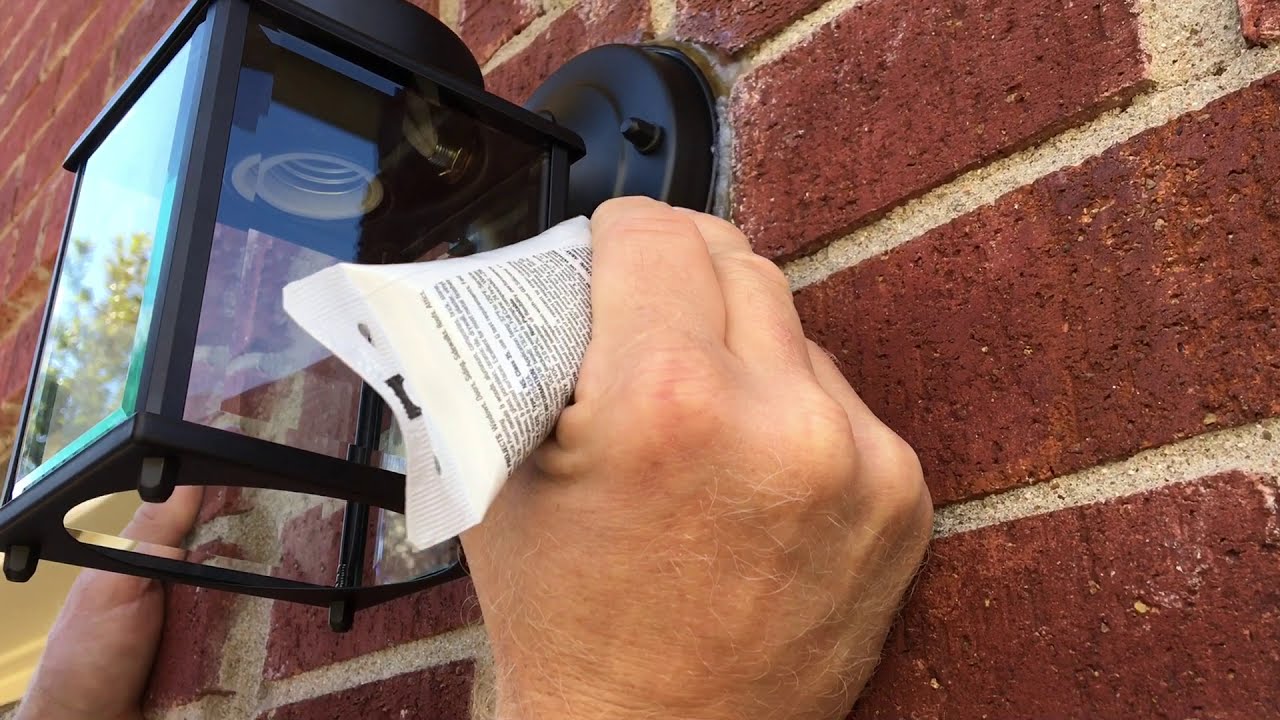
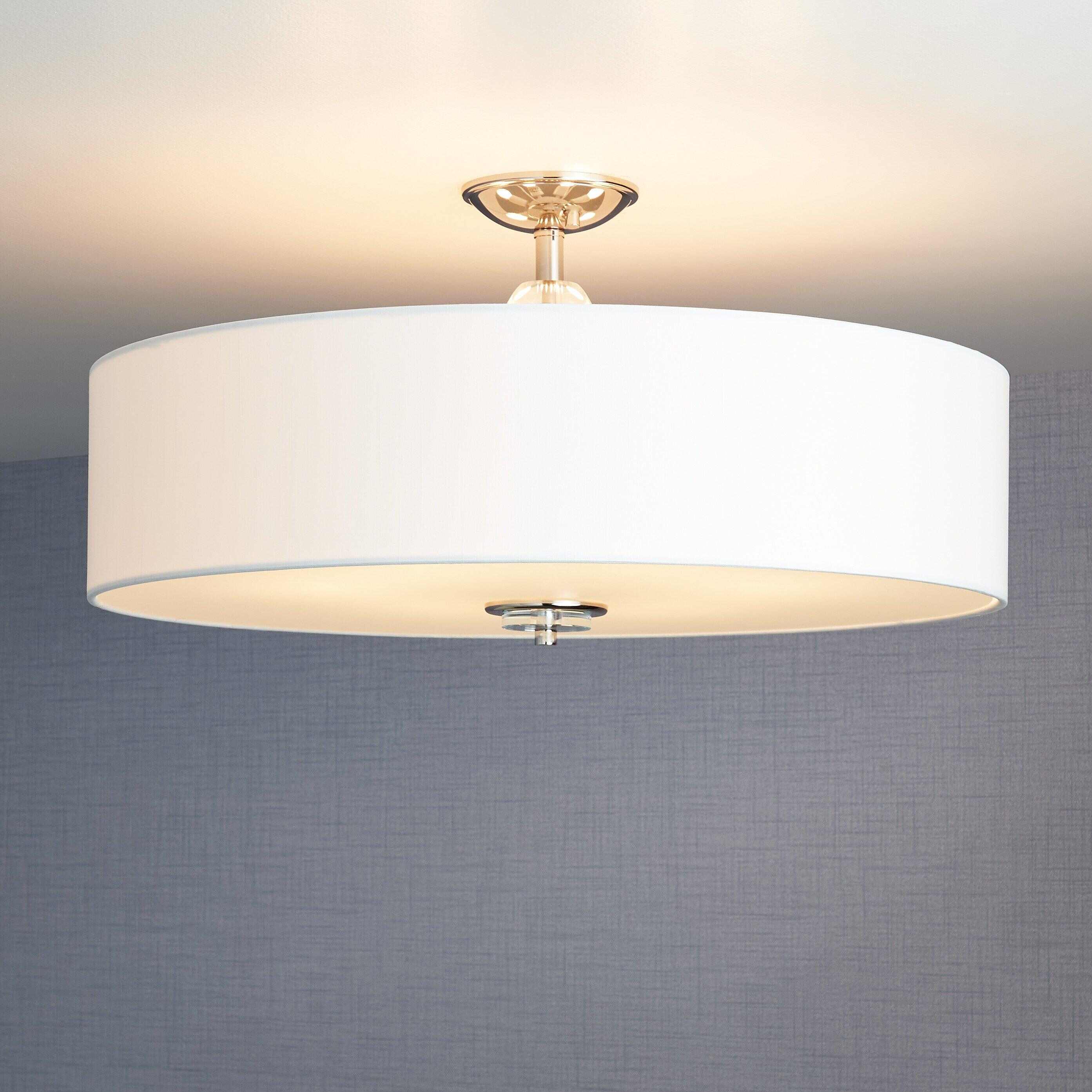
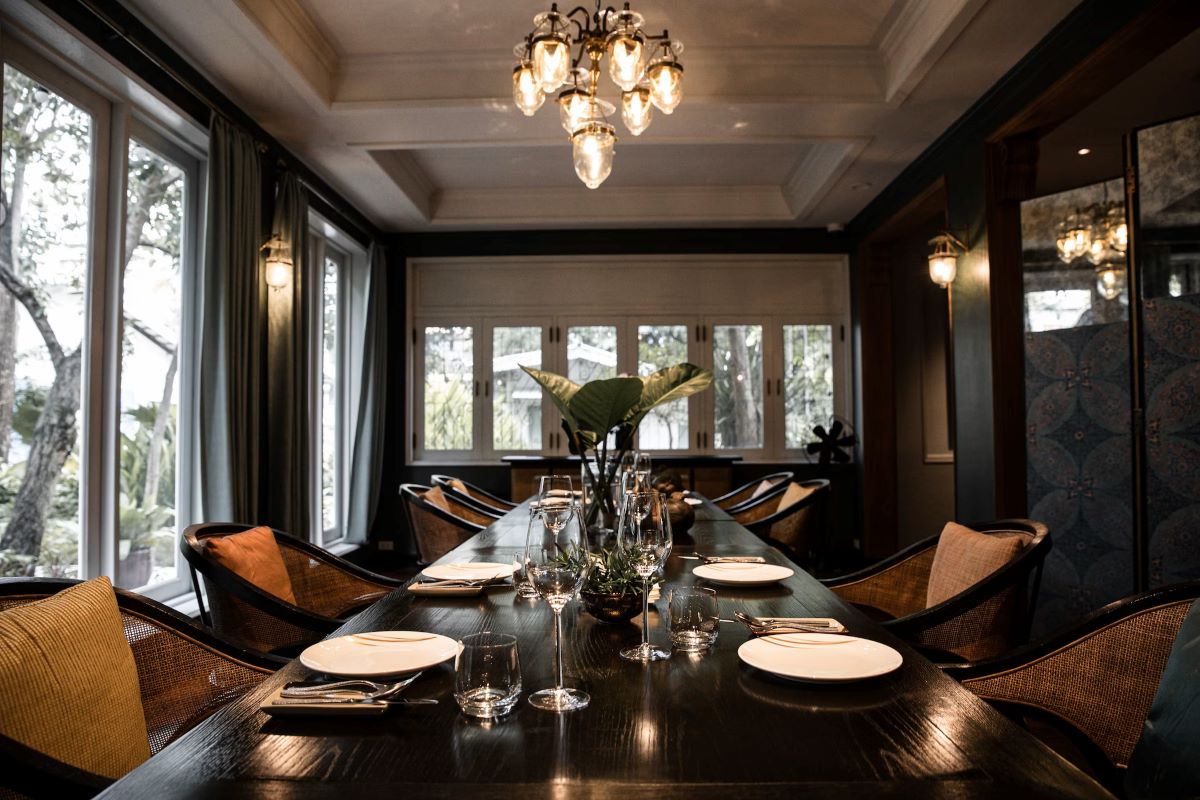
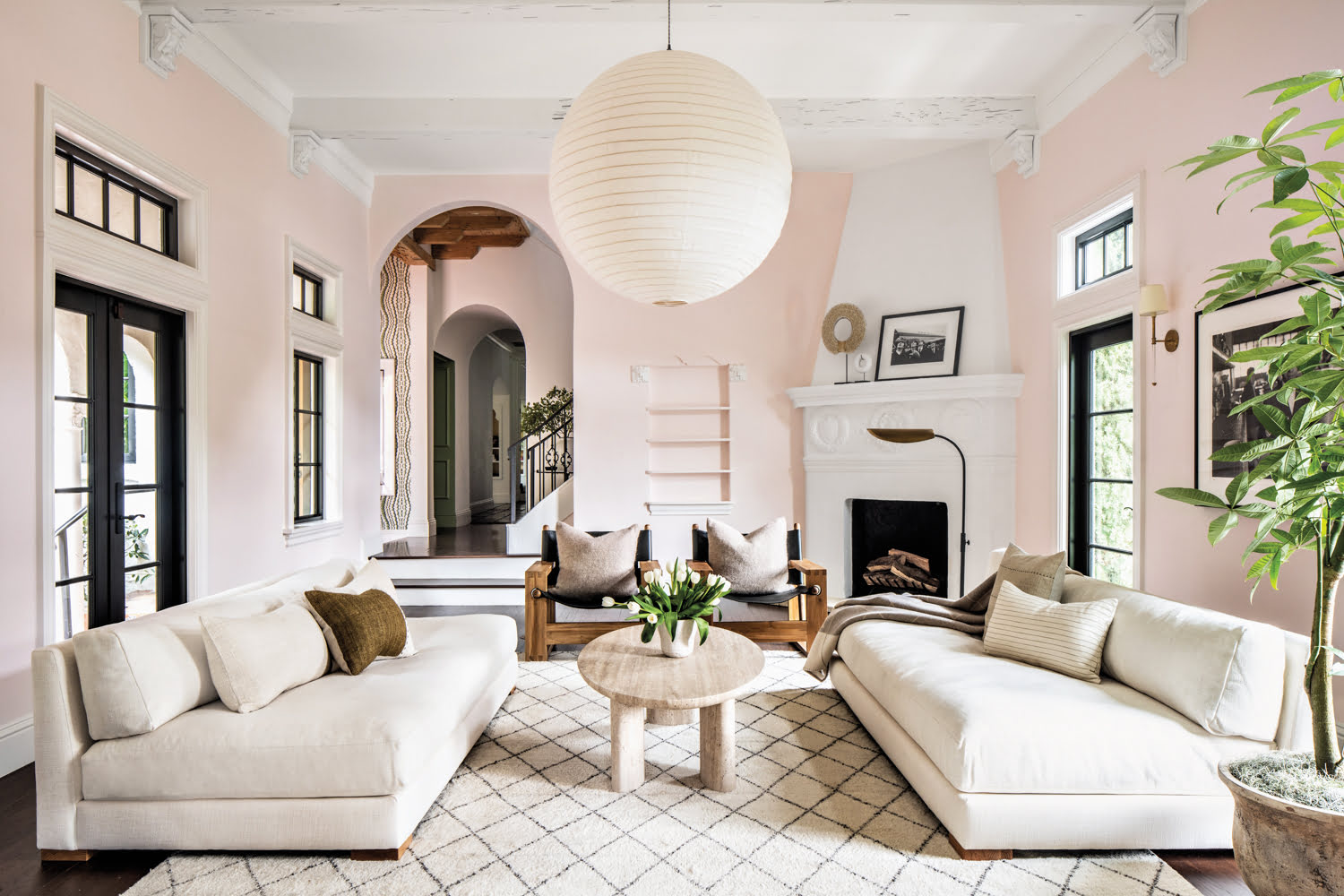
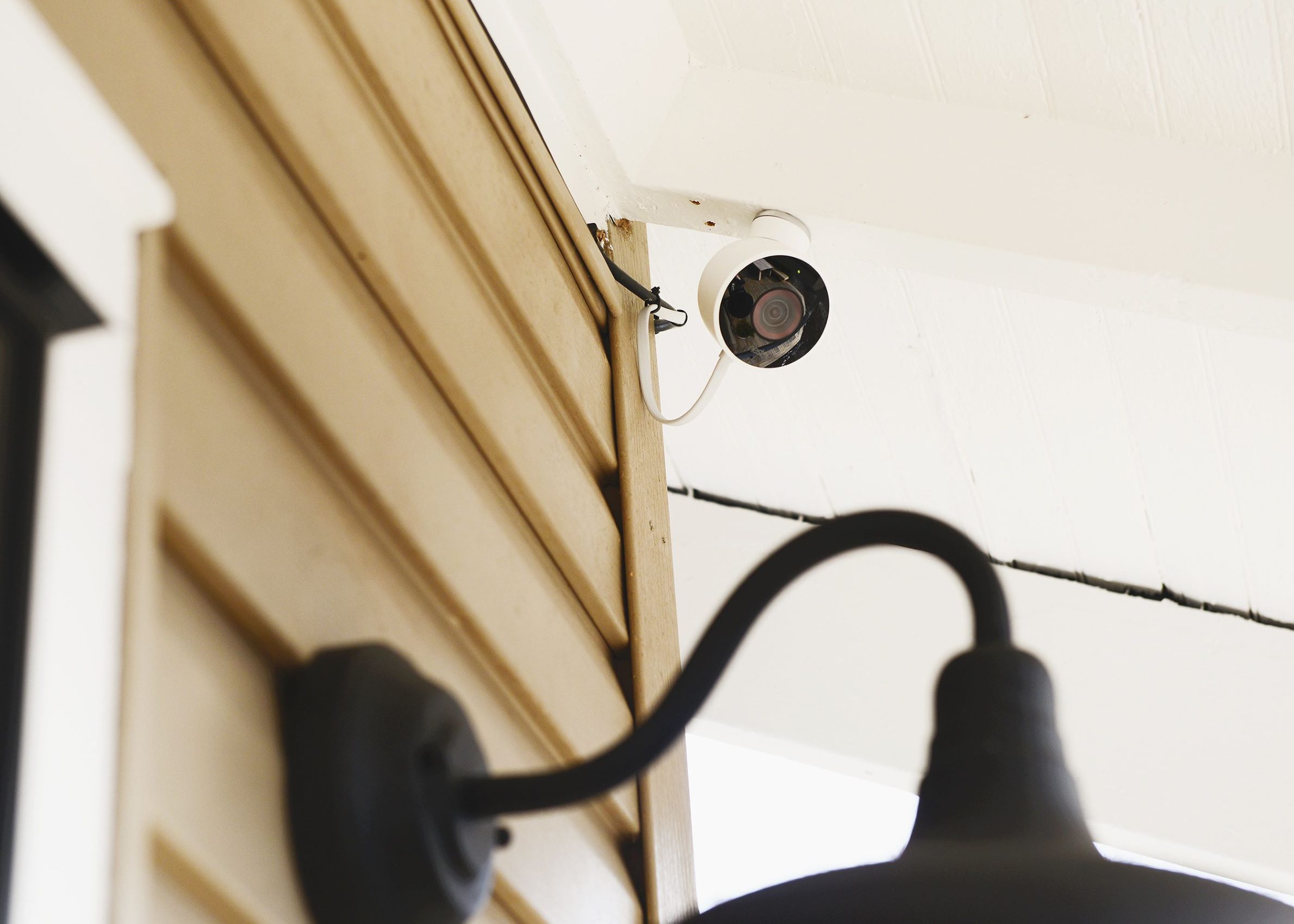
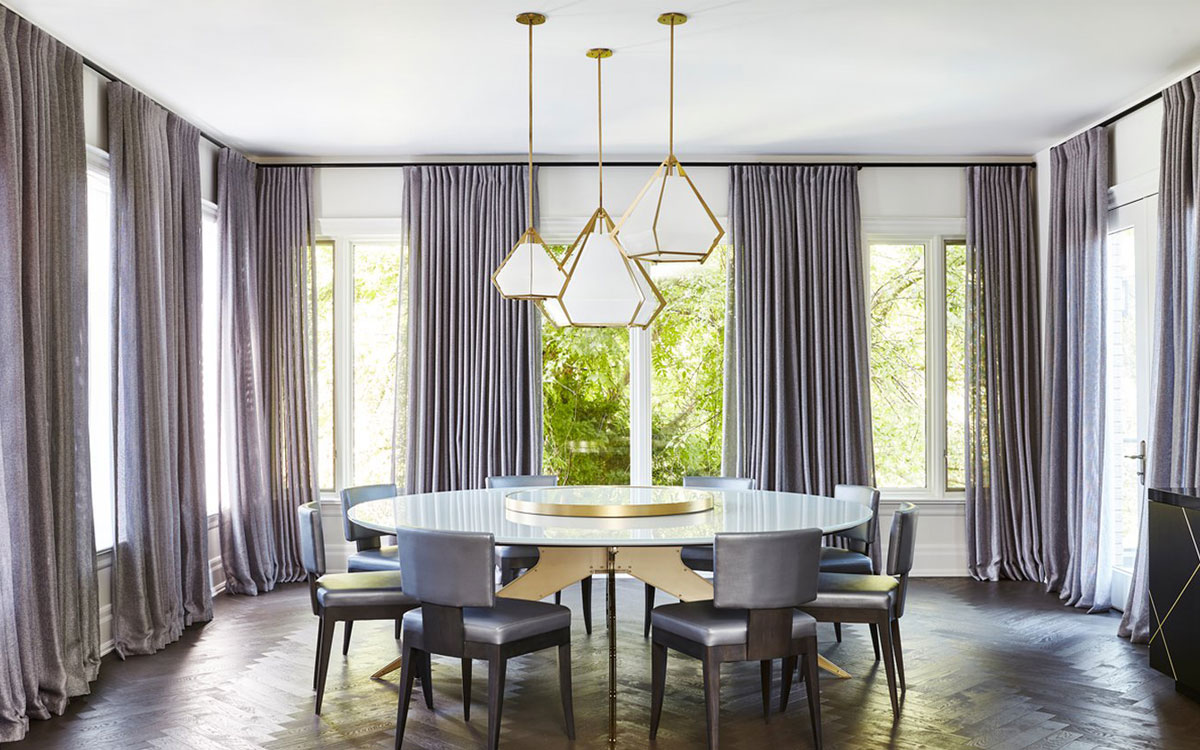
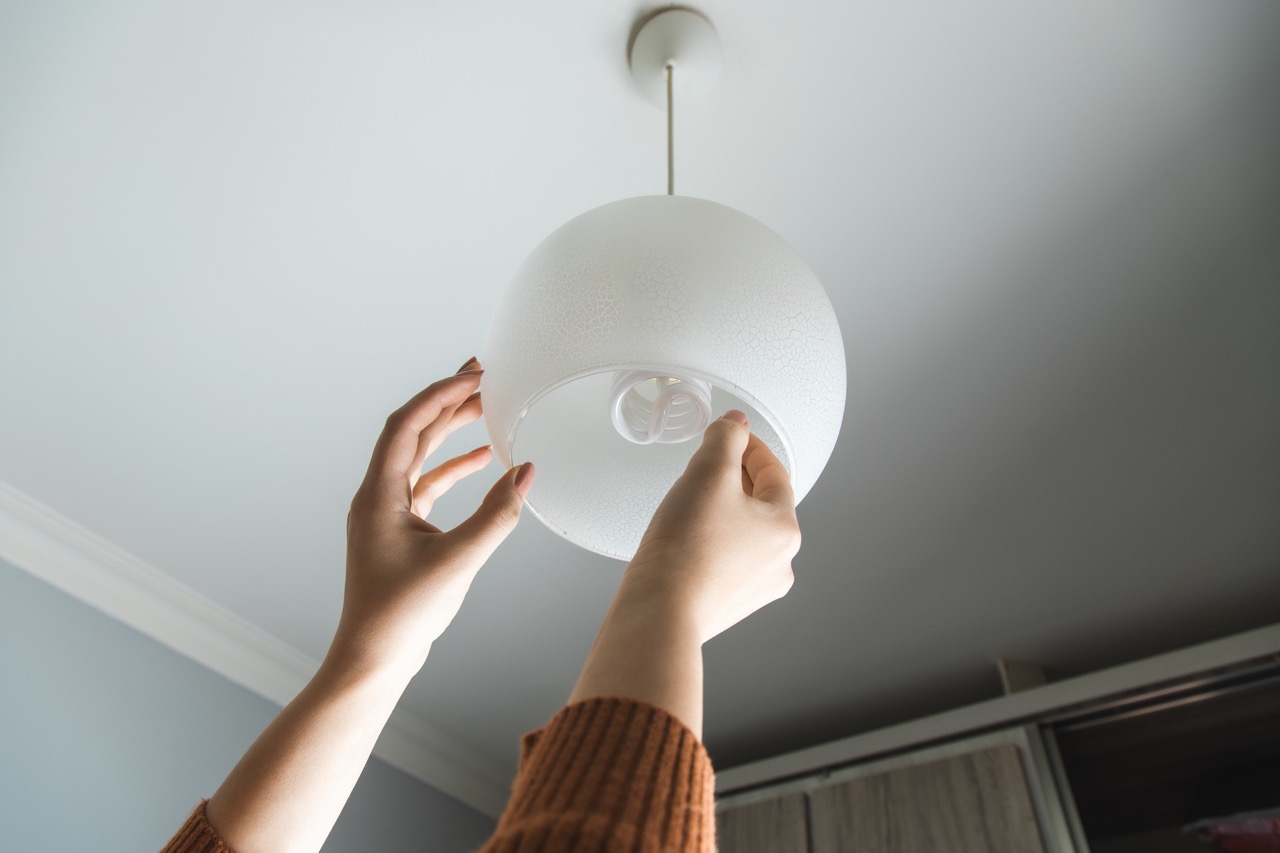
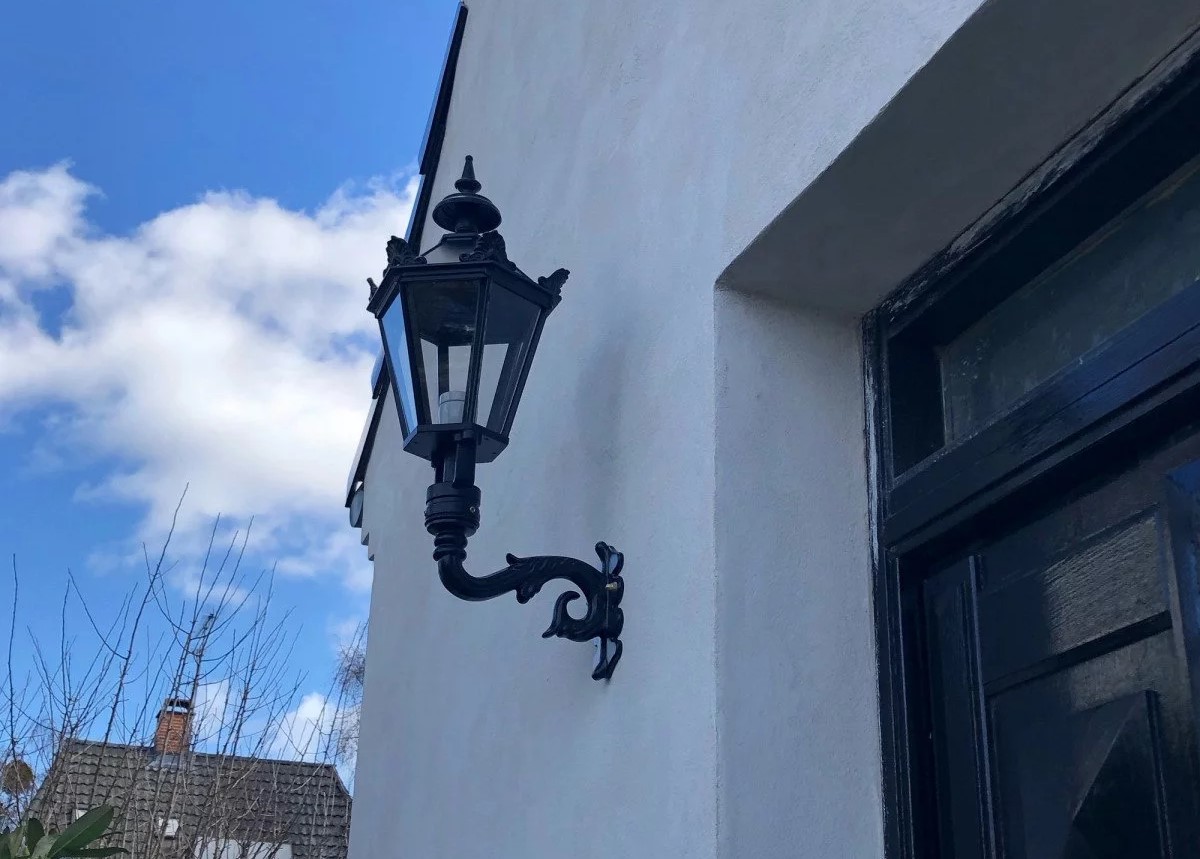
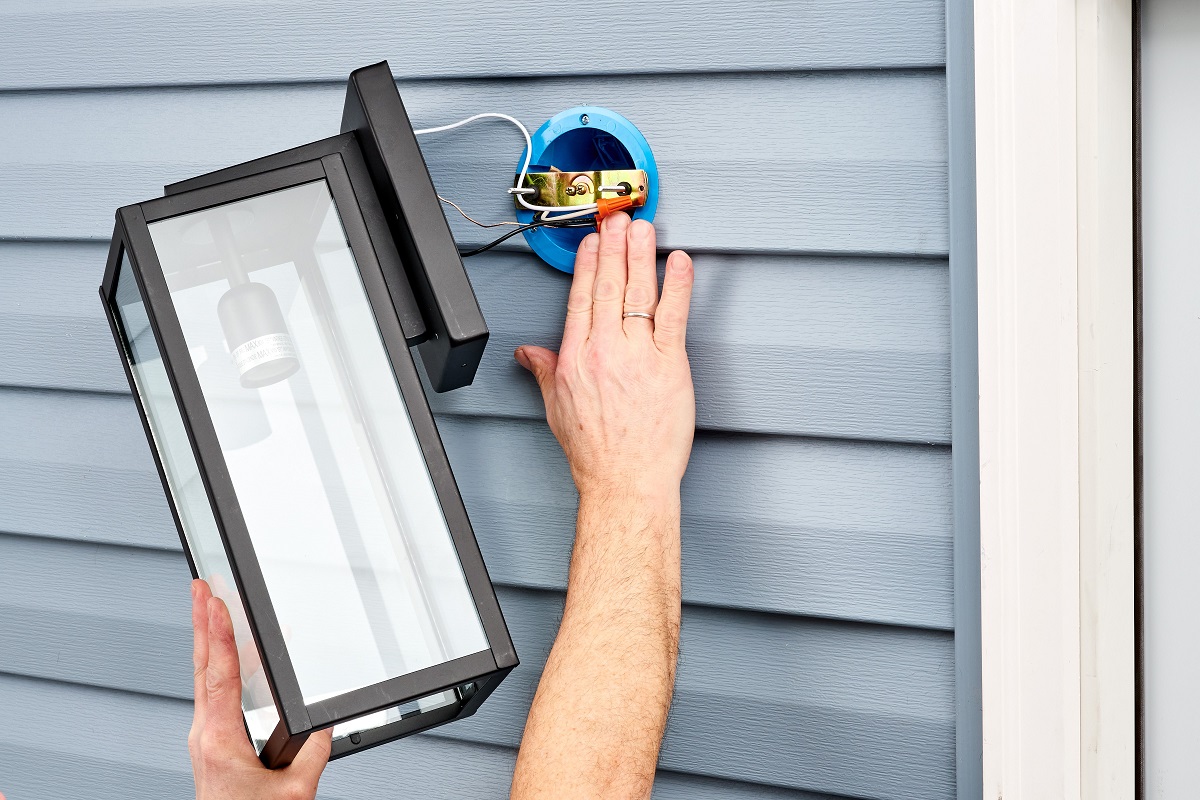
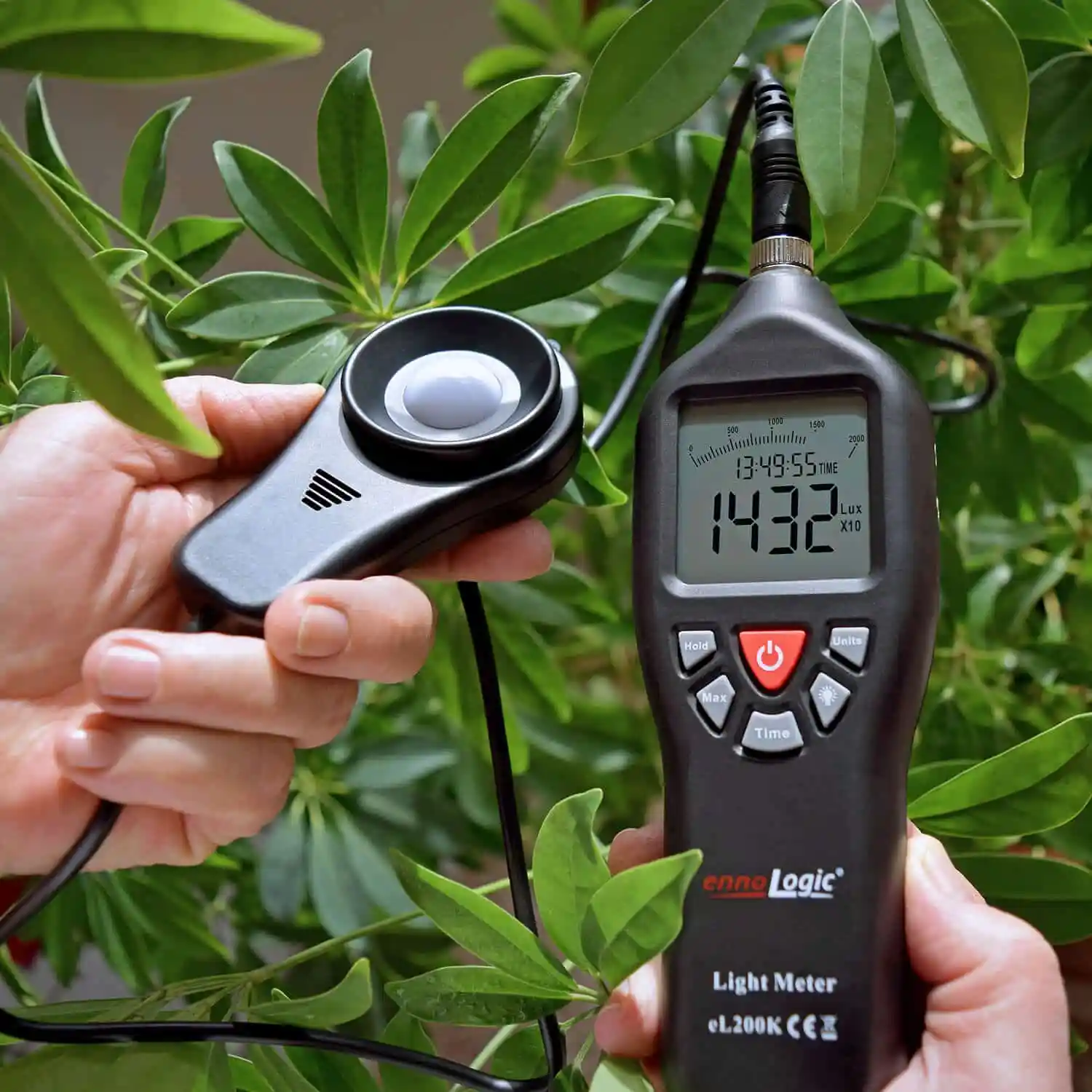
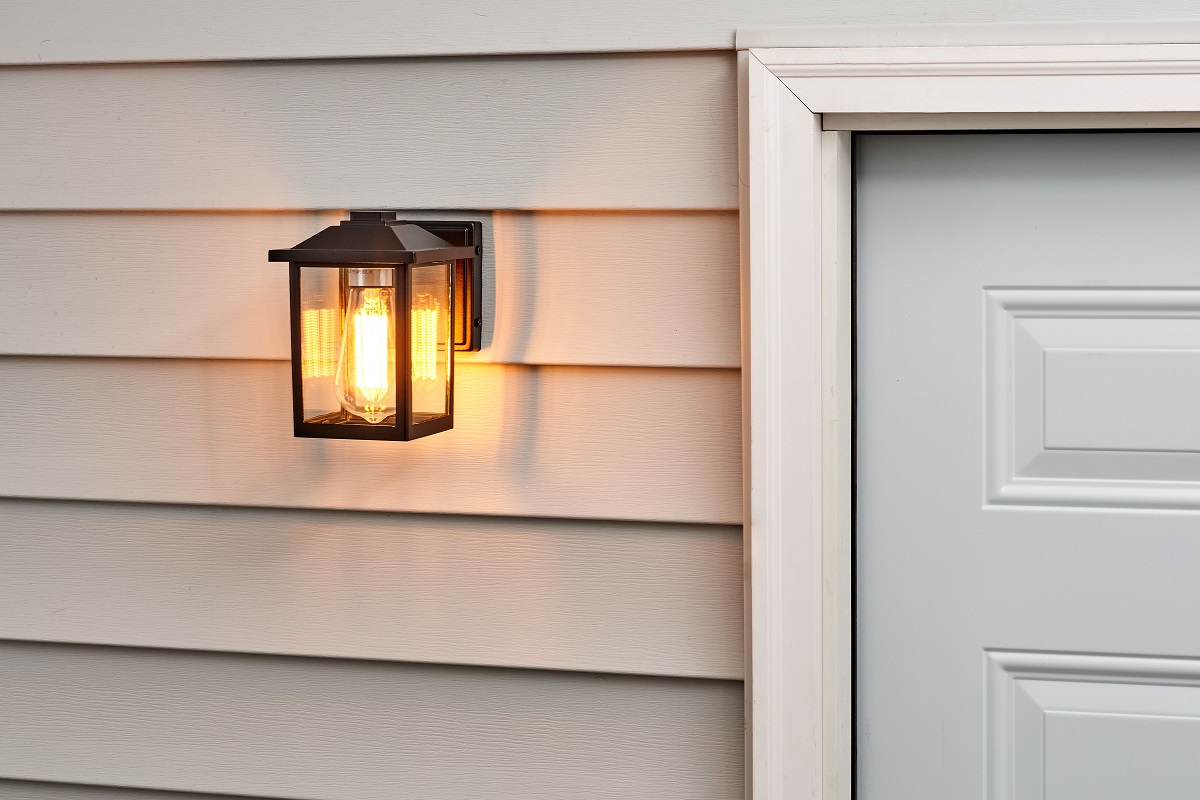
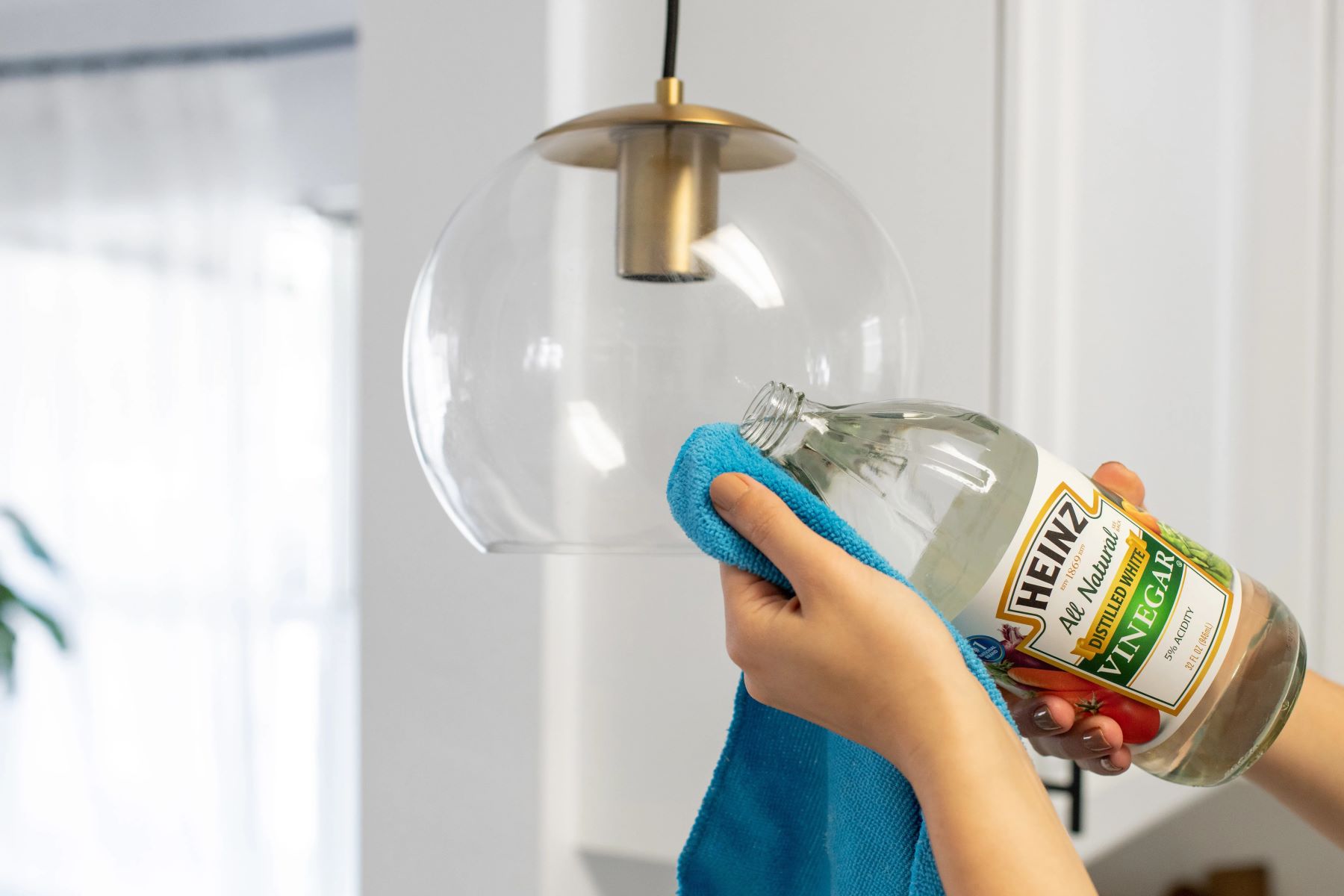
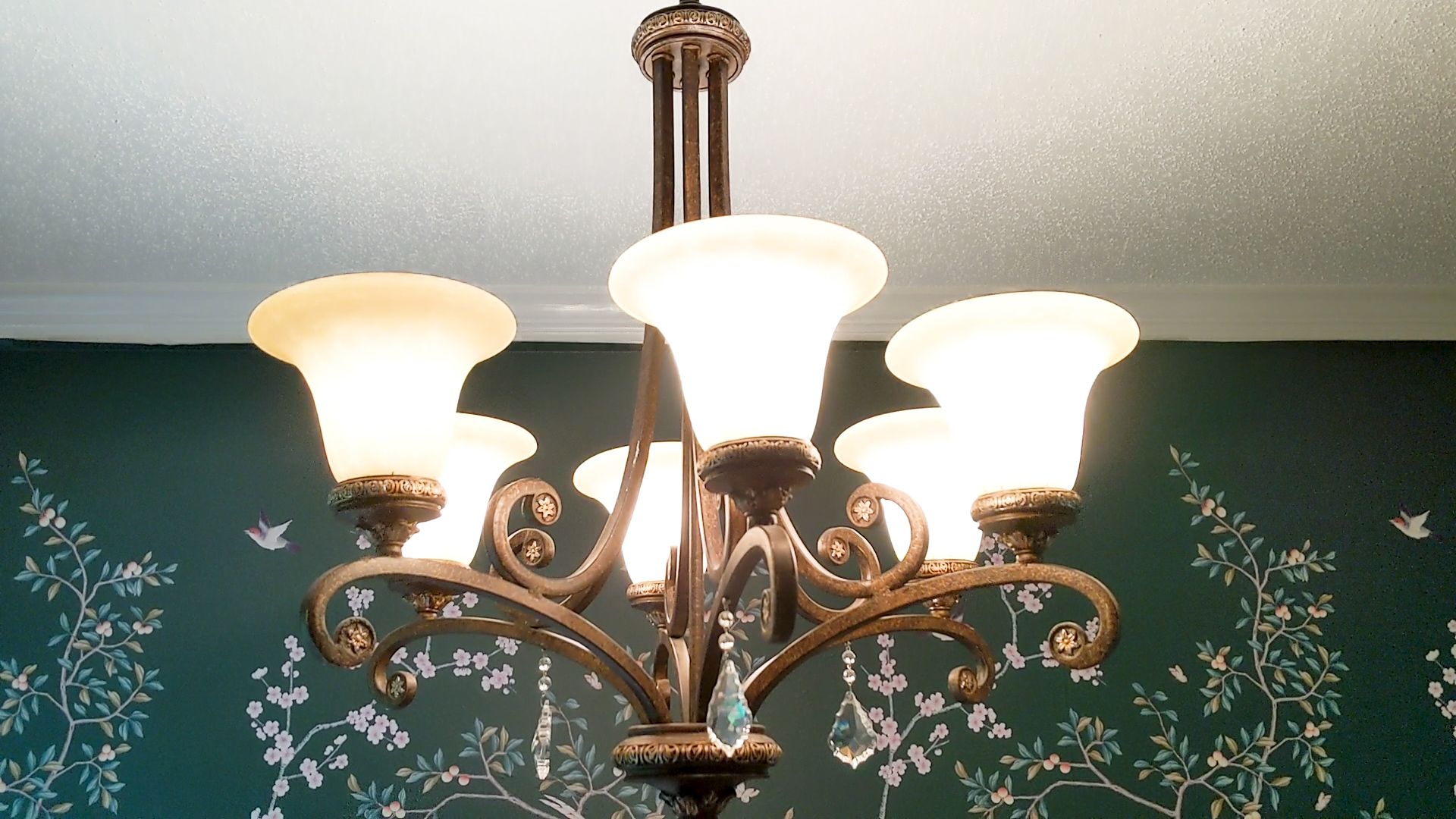

0 thoughts on “How To Install A Light Fixture For A Fast Room Refresh”